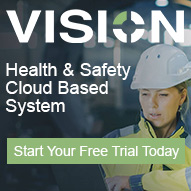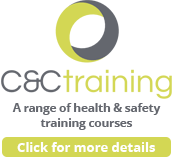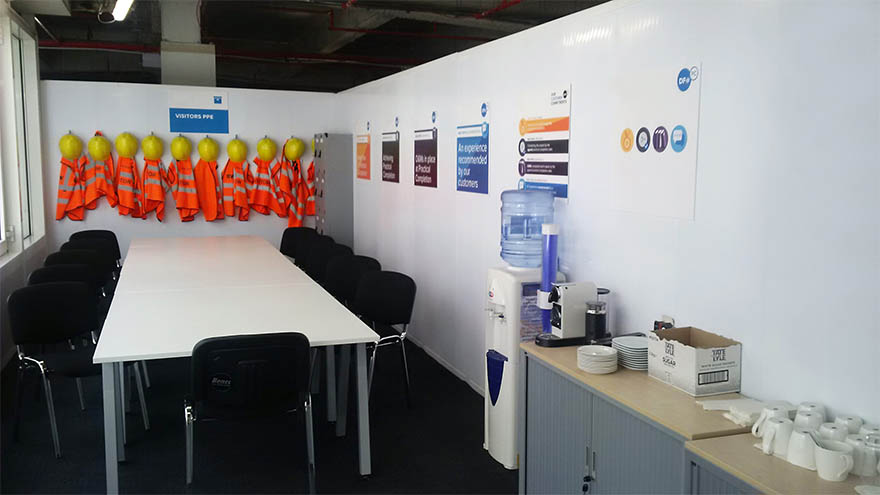Our advisors are out on sites regularly auditing Principal Contractor and contractors health, safety and welfare systems against legislative and best practice requirements. It’s astounding that in 2018, the provision of welfare facilities often fall short on minimum standards of provision and basic hygiene in terms of cleanliness. And, it’s not just construction that falls short on this basic provision, agricultural works often suffer from a similar failing.
A recent prosecution resulted in a company receiving £20,000 fine for safety failings on site and failing to comply with an improvement notice that was issued after the visit in relation to providing suitable and sufficient welfare facilities.
The minimum requirements for welfare provision are established in the Workplace (Health, Safety and Welfare) Regulations and Schedule 2 of the Construction (Design and Management) Regulations. Additionally, there is good guidance available from here.
Here are 7 top tips to help make sure your facilities meet the grade.
- Welfare facilities include toilets, wash basins, showers and changing facilities, and clean areas in which to rest, drink and eat. Check that all these areas are clean and regularly inspected for hygiene purposes. Ensure that all facilities are well lit and suitably ventilated.
- Verify that you have enough toilets and sinks for workers – there should be enough that no-one has to queue for long periods. If there are not separate facilities for men and women, ensure that rooms have lockable doors for privacy.
- Toilets should be well stocked with toilet paper, and there must be a means of disposing of female sanitary products.
- If your workers undertake dirty work, it may be appropriate to provide showers.
- Washbasins need to be large enough to fit hands in, and forearms if dirty work such as construction activities are undertaken. Make sure that both hot and cold water are provided, as well as soap and paper towels or a hand dryer.
- You need to provide drinking water for workers. This can be via drinking taps, water fountains or failing that, a bottled water supply. Ensure that non-drinking water taps are adequately labelled.
- Provide storage areas for wet or contaminated clothes. Use airers, for example, to dry out wet clothes during the course of the day











